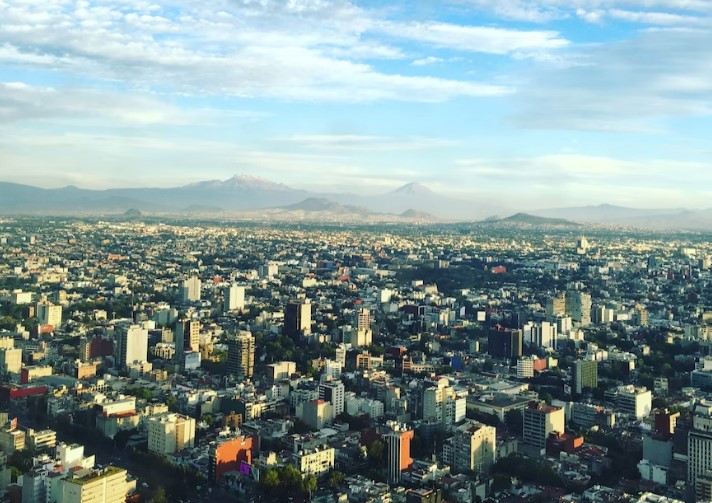In recent years, predictions for the coming decades are increasingly catastrophic. Let’s take a look at five cities most affected by climate change in the world.
By 2050, two thirds of the world’s population will live in cities. Population movements, at the rate of 70 million per year, often deviate from prudent urban planning and social rules. It has long been recognised that cities must cope with climate change.
Table of Contents
The importance of risk assessment plans
If government intervention is needed to prevent pollution, reducing the impact of extreme weather events should start with local governments and research institutes.
However, only slightly less than half of the cities have carried out vulnerability analyses and only a quarter have identified the most vulnerable population groups.
According to the CoP, which has produced a detailed report on global threats to urban centres, the main risks are heat waves, droughts, storms and, of course, rising sea levels, which threaten to submerge entire cities.
5 cities at risk due to climate change
Here are 5 among the biggest cities worldwide at risk from climate change:
London
Without the moderating effects of the Gulf Stream, London’s (and the UK’s) climate would be much worse. The Gulf Stream seems to be slowing down and would not have weakened in the last 1000 years as it has today.
The Thames could overflow and flood many parts of the city. Everything from drainage systems to energy supply is being considered and decentralised to avoid power outages that could devastate the city of 8.5 million people, based on the tertiary and financial sector.
Venice
Considered by many to be the most beautiful city in the world. It has attracted artists, poets, writers and filmmakers of all ages. But for Venice, Italy’s open-air museum, the threats are daily. Rising sea levels due to melting glaciers have accelerated the sinking of the lagoon.
As a result, 95 storms of more than 110 cm occurred between 2010 and 2019. As a reference, two to eight accidents per decade occurred between 1850 and 1950. The recent cessation of cruise ship traffic should at least alleviate some of the mass tourism pressure. Other dangers include shell fishing, which reduces biodiversity and destroys the seabed.
Amsterdam
Situated below sea level, Holland has always been at risk of flooding. Only human resilience has made it possible to lower the water level. But climate change will have even more serious consequences for cities such as Amsterdam, which ranks first in the world for the percentage of its assets exposed to rising water levels.
The Netherlands has been pragmatic and carefully analysed the risks for years. The administration has also introduced a new strategy that prioritises the well-being of citizens over the economy. By 2050 Amsterdam wants to become a ‘circular city’. However, there are also less visible ecological problems.
Mexico City
Reduced quantity and quality of water reserves, increased flooding, more frequent heat waves, worsening air quality and reduced harvests.
In Mexico City, a city of around 9 million inhabitants, climate change is no joke. In the 1980s the air in the capital, 2,000 metres above sea level, was unbreathable. According to the UN, it is moreover among the most polluted cities in the world.
Dubai
As you might imagine, Dubai’s main problem is rising temperatures and the resulting water shortage. But with 85% of the population and 90% of the infrastructure only a few metres from the coast, the government also fears rising sea levels.
According to one study, the UAE could lose about 6% of its densely populated coastline by the end of the century. The coastline stretches 1,300 kilometres. However, warming sea waters will also affect corals and biodiversity.
Finally, the reduction in rainfall seems to change the characteristics of dust storms. According to some experts, this could cause dangerous chemical reactions with other pollutants in the air.












